Ultra 7 265KF Core Processor, up to 5.50 GHz
14,999 EGP
- Total Cores20
- # of Performance-cores8
- # of Efficient-cores12
- Total Threads20
- Max Turbo Frequency5.5 GHz
- Intel® Turbo Boost Max Technology 3.0 Frequency ‡5.5 GHz
- Performance-core Max Turbo Frequency5.4 GHz
- Efficient-core Max Turbo Frequency4.6 GHz
- Performance-core Base Frequency3.9 GHz
- Efficient-core Base Frequency3.3 GHz
- Cache30 MB Intel® Smart Cache
- Total L2 Cache36 MB
- Processor Base Power125 W
- Maximum Turbo Power250 W
- Intel® Deep Learning Boost (Intel® DL Boost) on CPUYes
- AI Software Frameworks Supported by CPUOpenVINO™, WindowsML, DirectML, ONNX RT, WebNN
- CPU LithographyTSMC N3B
Out of stock
Email when stock available
... people are viewing this right now
Compare
CPU Specifications
265kf ultra 7 265kf
Total Cores
20
# of Performance-cores
8
# of Efficient-cores
12
Total Threads
20
Max Turbo Frequency
5.5 GHz
Intel® Turbo Boost Max Technology 3.0 Frequency ‡
5.5 GHz
Performance-core Max Turbo Frequency
5.4 GHz
Efficient-core Max Turbo Frequency
4.6 GHz
Performance-core Base Frequency
3.9 GHz
Efficient-core Base Frequency
3.3 GHz
Cache
30 MB Intel® Smart Cache
Total L2 Cache
36 MB
Processor Base Power
125 W
Maximum Turbo Power
250 W
Intel® Deep Learning Boost (Intel® DL Boost) on CPU
Yes
AI Software Frameworks Supported by CPU
OpenVINO™, WindowsML, DirectML, ONNX RT, WebNN
CPU Lithography
TSMC N3B
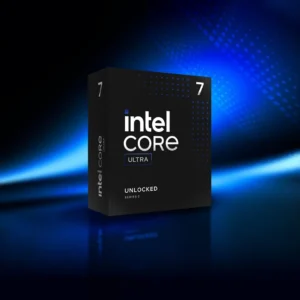
265kf
The Intel Core Ultra 7 265K Arrow Lake forms the gateway to the enthusiast processor segment from team blue. With today’s processor launches, the desktop segment enters a truly new generation of Intel processors, which require a new Socket LGA1851 motherboard.
The 265K succeeds a long line of desktop processors that had been considered flagship until the Core i9-9900K came along, bringing the Core i9 extension over from HEDTs.
The “6” in the 265K shouldn’t be odd, the Core i7-2600K Sandy Bridge used this digit.
The Core Ultra 7 265K squares off against the AMD Ryzen 9 9900X given its roughly-$400 pricing, but comparisons can also be made to the 9700X.
The Core Ultra 7 265K retains the core configuration of its immediate predecessor—8P+12E,
which means you get all eight Lion Cove performance cores present on the Arrow Lake-S silicon,
and 12 out of 16 Skymont E-cores. A lot has been said about Skymont since its debut with the Lunar Lake mobile processor.
Intel has given this E-core a 50% generational leap in IPC over Crestmont, and more than 30% compared to the Gracemont cores in Raptor Lake,
considering the moderately high clock-speeds, they should contribute in a big way to multithreaded productivity workloads that scale across all cores.
Unlike on Lunar Lake, the Arrow Lake E-cores and P-cores sit on a common CPU complex, sharing a ringbus and an L3 cache.
The 265K is configured with 30 MB L3 cache (a slight reduction from the 33 MB on the i7-14700K).
Each of the 8 P-cores comes with 3 MB of dedicated L2 cache (a slight increase from the 2.5 MB of Raptor Cove P-Cores),
while the E-cores, organized in clusters of 4 cores each, has 4 MB of it per cluster.
Review
The Intel Core Ultra 7 is a desktop processor with 20 cores, launched in October 2024, at an MSRP of $379. It is part of the Ultra 7 lineup, using the Arrow Lake architecture with Socket 1851. Core Ultra 7 has 30 MB of L3 cache and operates at 3.9 GHz by default, but can boost up to 5.5 GHz, depending on the workload. Intel is making the Core Ultra 7 265KF on a 3 nm production node using 17,800 million transistors. The silicon die of the chip is not fabricated at Intel, but at the foundry of TSMC. You may freely adjust the unlocked multiplier on Core Ultra 7 265KF, which simplifies overclocking greatly, as you can easily dial in any overclocking frequency.
With a TDP of 125 W, the Core Ultra 7 consumes a lot of power, so good cooling is definitely needed. Intel’s processor supports DDR5 memory with a dual-channel interface. The highest officially supported memory speed is 6400 MT/s, but with overclocking (and the right memory modules) you can go even higher. For communication with other components in the system, Core Ultra 7 265KF uses a PCI-Express Gen 5 connection. This processor does not have integrated graphics, you will need a separate graphics card.
Hardware virtualization is available on the Core Ultra 7 265KF, which greatly improves virtual machine performance. Additionally, IOMMU virtualization (PCI passthrough) is supported, so that guest virtual machines may directly use host hardware. Programs using Advanced Vector Extensions (AVX) can run on this processor, boosting performance for calculation-heavy applications. Besides AVX, Intel is including the newer AVX2 standard, too, but not AVX-512.
With a TDP of 125 W, the Core Ultra 7 consumes a lot of power, so good cooling is definitely needed. Intel’s processor supports DDR5 memory with a dual-channel interface. The highest officially supported memory speed is 6400 MT/s, but with overclocking (and the right memory modules) you can go even higher. For communication with other components in the system, Core Ultra 7 265KF uses a PCI-Express Gen 5 connection. This processor does not have integrated graphics, you will need a separate graphics card.
Hardware virtualization is available on the Core Ultra 7 265KF, which greatly improves virtual machine performance. Additionally, IOMMU virtualization (PCI passthrough) is supported, so that guest virtual machines may directly use host hardware. Programs using Advanced Vector Extensions (AVX) can run on this processor, boosting performance for calculation-heavy applications. Besides AVX, Intel is including the newer AVX2 standard, too, but not AVX-512.
- Total Cores20
- # of Performance-cores8
- # of Efficient-cores12
- Total Threads20
- Max Turbo Frequency5.5 GHz
- Intel® Turbo Boost Max Technology 3.0 Frequency ‡5.5 GHz
- Performance-core Max Turbo Frequency5.4 GHz
- Efficient-core Max Turbo Frequency4.6 GHz
- Performance-core Base Frequency3.9 GHz
- Efficient-core Base Frequency3.3 GHz
- Cache30 MB Intel® Smart Cache
- Total L2 Cache36 MB
- Processor Base Power125 W
- Maximum Turbo Power250 W
- Intel® Deep Learning Boost (Intel® DL Boost) on CPUYes
- AI Software Frameworks Supported by CPUOpenVINO™, WindowsML, DirectML, ONNX RT, WebNN
- CPU LithographyTSMC N3B




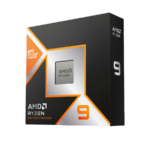

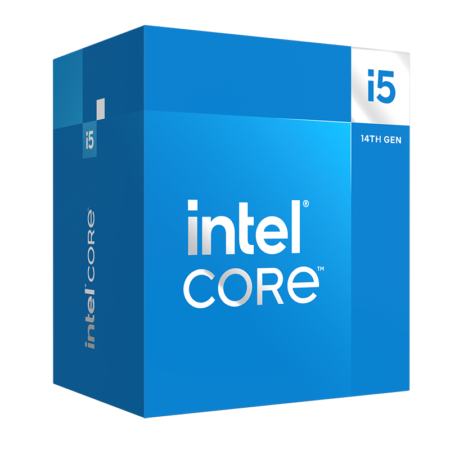

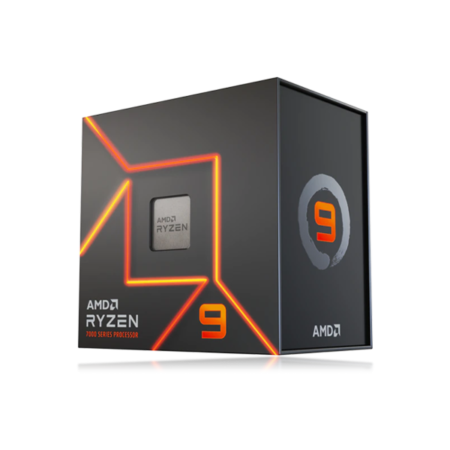

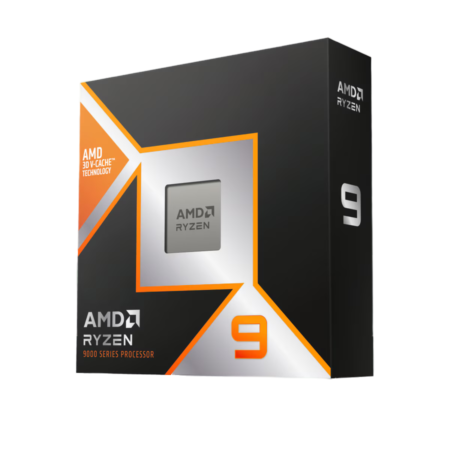
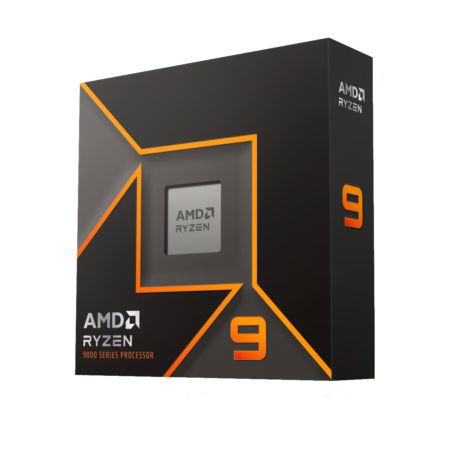
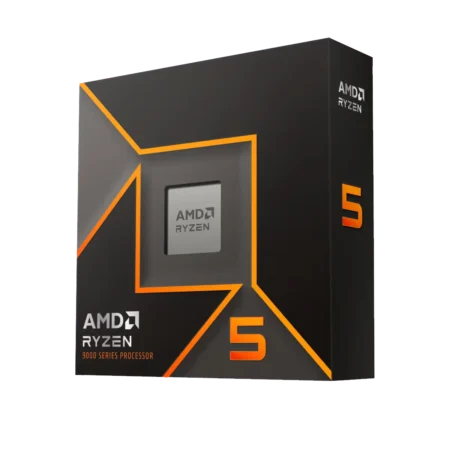
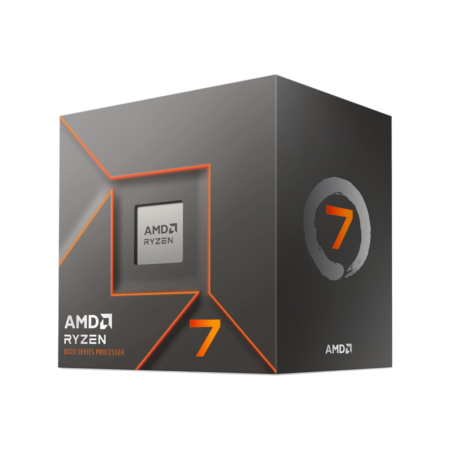


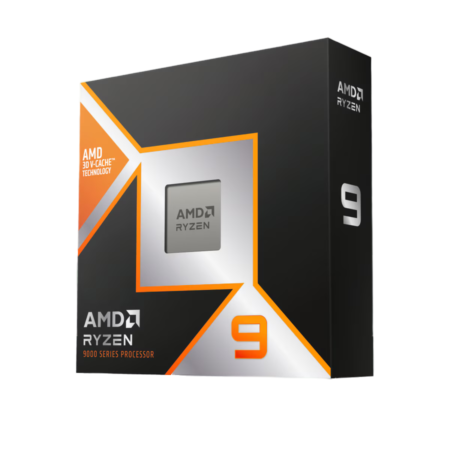
andrew –
Very fast delivery.
Nathaniel –
The product is firmly packed.
tbaraka –
great product